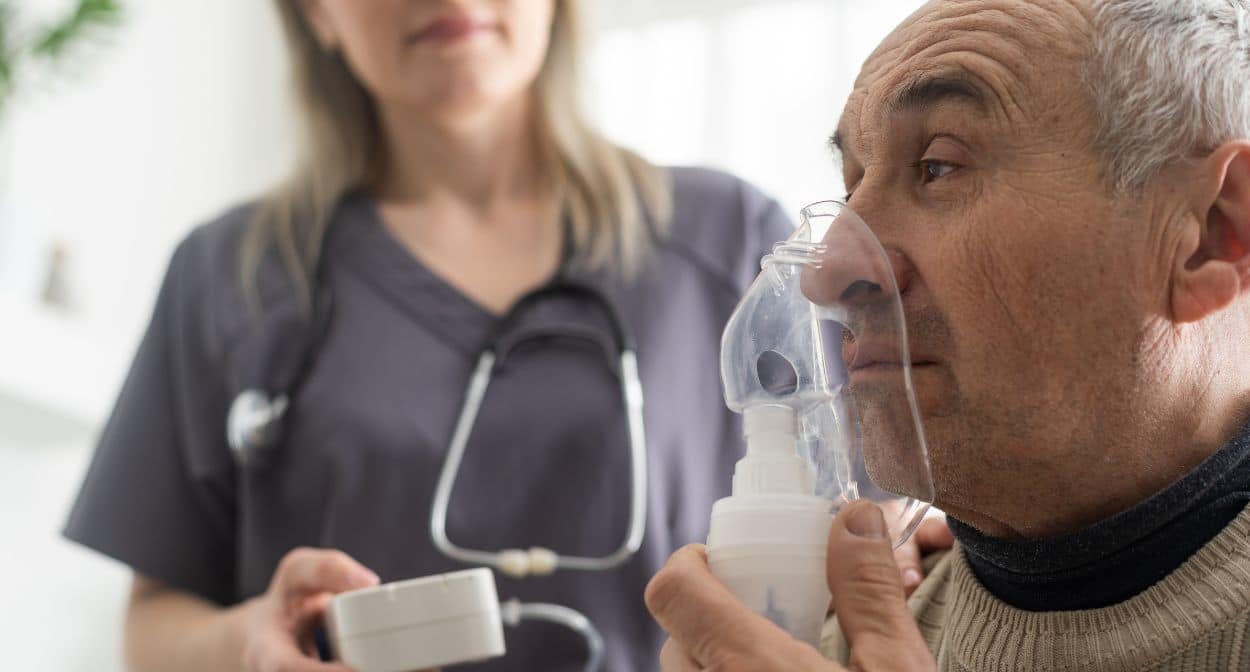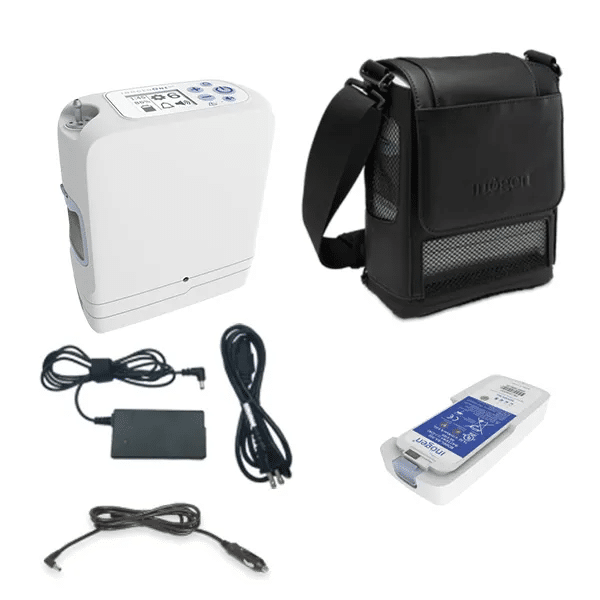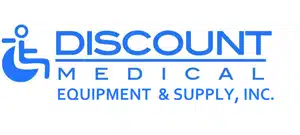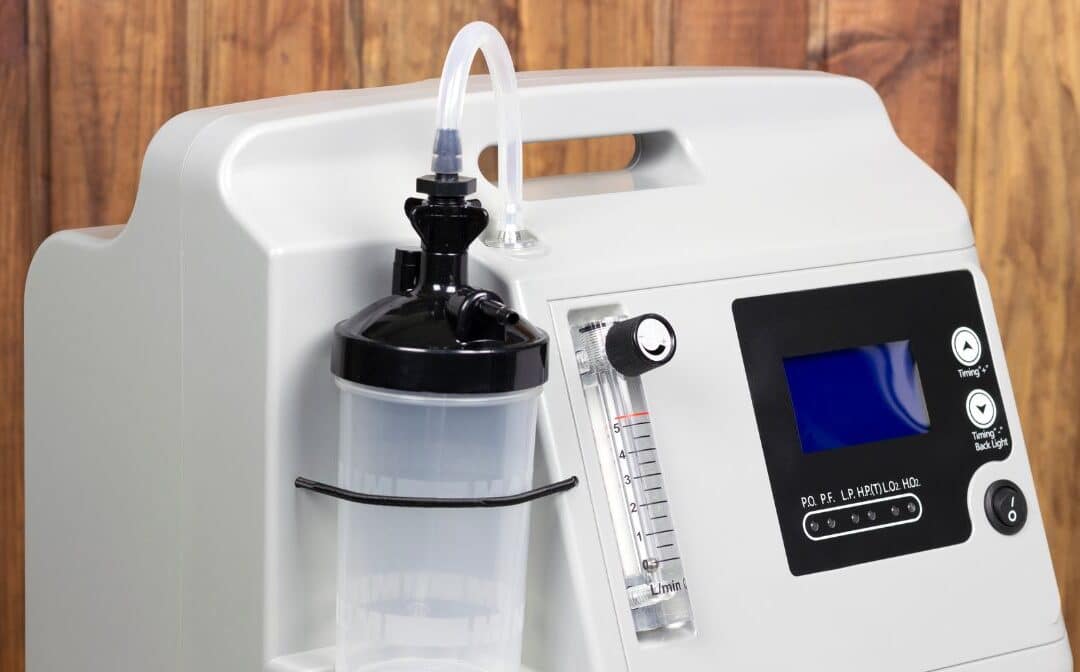Oxygen concentrators are vital devices for those requiring home oxygen therapy, offering a reliable source of supplemental oxygen. These devices are available in two primary forms: stationary and portable.
Due to their size and power requirements, stationary oxygen concentrators are generally used within the home, while portable oxygen concentrators (POCs) offer the flexibility and freedom for users to move around both indoors and outdoors.
Stationary Oxygen Concentrators

Benefits
1. Higher Oxygen Flow Rates: Stationary oxygen concentrators are robust devices designed to cater to a broad spectrum of oxygen needs, particularly beneficial for users with severe respiratory conditions that require high oxygen flow rates. Unlike portable models, these units can efficiently deliver up to 10 liters per minute, ensuring that even users with intensive oxygen requirements receive adequate support.
2. Continuous and Reliable: These concentrators are a cornerstone of reliability in oxygen therapy, providing a steady, uninterrupted flow of oxygen as they operate directly from a power outlet. This continuous operation is essential for users who need oxygen supplementation 24/7, offering peace of mind that there will be no lapse in their oxygen supply throughout the day or night.
3. Generally More Cost-Effective: The initial investment in a stationary oxygen concentrator is typically lower than that of portable models. This cost-effectiveness is particularly attractive for patients who require long-term oxygen therapy predominantly within their homes, making it a practical and economical option over the long run.
4. Quieter Operation: Stationary units are engineered with larger components that often include sophisticated noise dampening technologies. This design allows them to operate more quietly, reducing the operational noise that can be disruptive, especially during rest periods. Their quieter operation makes them ideal for use in domestic settings, helping to maintain a calm and peaceful home environment.
Drawbacks
1. Limited Mobility: The primary limitation of stationary oxygen concentrators is their lack of mobility. These units are designed to stay in one place and require constant connection to a power source. This restriction can significantly limit a user’s ability to move freely around the house, tethering them to the vicinity of the device.
2. Larger and Bulky: Stationary concentrators are typically bulkier and heavier than their portable counterparts. This can be a significant disadvantage in smaller living spaces, where conserving space is crucial. The physical footprint required for these machines often necessitates dedicated areas within a home, which might not be ideal for all living situations.
Less Convenient for Active Lifestyles: For individuals who enjoy an active lifestyle, stationary oxygen concentrators can pose a considerable hindrance. Their immobility means they are suitable only for stationary use, preventing users from taking them along for activities outside the home. This can affect a person’s ability to engage in social outings, travel, or even simple activities like shopping and dining out, limiting their overall quality of life and independence.
Portable Oxygen Concentrators (POC)

Benefits
1. Freedom and Mobility: One of the primary advantages of portable oxygen concentratorsis their ability to support a mobile and active lifestyle. These devices are lightweight and compact, designed for easy transportation and use on the go. Users can carry them around with ease, enabling them to maintain their usual activities, from shopping and attending social events to traveling.
2. Increased Independence: Portable concentrators empower users by enhancing their independence. This is particularly beneficial for those who wish to remain active and engage in community and family activities outside the home. With a POC, users are not tethered to a stationary machine, allowing for greater spontaneity and freedom in daily activities.
3. Battery Powered: Portable units operate on rechargeable batteries, providing a crucial source of oxygen even during power outages or while away from electrical outlets. This feature is vital for maintaining uninterrupted oxygen therapy during emergencies or while traveling.
4. Compact Design: Thanks to their small size, portable oxygen concentrators are much less intrusive in daily life. They can be placed on a small table, carried in a bag, or even strapped to one’s body, making them ideal for users who value space and convenience.
Drawbacks
1. Lower Oxygen Flow Rates: While portable concentrators offer significant advantages in terms of mobility, they generally provide lower oxygen flow rates compared to stationary models. This limitation makes them less suitable for patients with higher oxygen needs.
2. Limited Battery Life: The portability of these devices comes with the trade-off of battery life. Depending on the model and the oxygen flow settings, the battery might need frequent recharging throughout the day, which can be inconvenient and requires planning, especially during longer outings.
3. Higher Overall Cost: Portable oxygen concentrators typically have a higher initial purchase price. Additionally, maintaining these devices, including battery replacements and potential higher servicing costs, can add up over time, making them a more expensive option in the long run.
4. Noisier Operation: Due to their compact size and the mechanics involved, portable concentrators tend to be noisier than stationary units. This can be a drawback for users sensitive to noise, particularly in quiet environments or during conversation.
Choosing Between Stationary and Portable Concentrators
When deciding between a stationary and a portable oxygen concentrator, several factors must be considered to ensure the choice fits the user’s lifestyle and medical needs. Here’s how to make an informed decision:
1. Consult with a Healthcare Provider: First and foremost, consult with a doctor or respiratory therapist to determine the specific oxygen flow rate needed based on your medical condition. This will help identify whether a stationary or portable unit can meet your oxygen therapy requirements.
2. Consider Your Lifestyle: Lifestyle is a critical factor in choosing the right type of concentrator.
-
- For Patients Primarily at Home: If you spend most of your time at home and your mobility needs are minimal, a stationary oxygen concentrator might be sufficient. It offers the benefit of higher oxygen flow rates and can be more cost-effective in the long run.
- For Active Individuals: If you lead an active lifestyle and frequently go out, a portable oxygen concentrator is likely a better choice. It allows for greater freedom and independence, enabling you to maintain your usual activities and social engagements.
3. Combination Therapy: Some individuals may find that their needs are best met by having both types of concentrators. A stationary unit can serve as the primary source of oxygen at home, while a portable unit can be used for outings and travel, providing flexibility and ensuring comprehensive coverage.
Conclusion
In summary, both stationary and portable oxygen concentrators have unique advantages and limitations.
Stationary concentrators are ideal for those who require high flow rates and continuous operation within the home.
At the same time, portable models cater to those seeking mobility and the freedom to engage in activities outside their residence.
Always consult with a healthcare professional to determine the most suitable option for your specific health needs and lifestyle.
We thank you for your time and encourage you to ask any questions in the comments section or contact us directly for more personalized advice.
Call to Action
At Discount Medical – Mobility Equipment & Supplies, we offer both stationary and portable oxygen concentrators, along with expert consultations, to help you choose the right equipment for your needs.
Please contact us for more information or to discuss your oxygen therapy options. We are here to support you in finding the best solution for your oxygen therapy needs.


